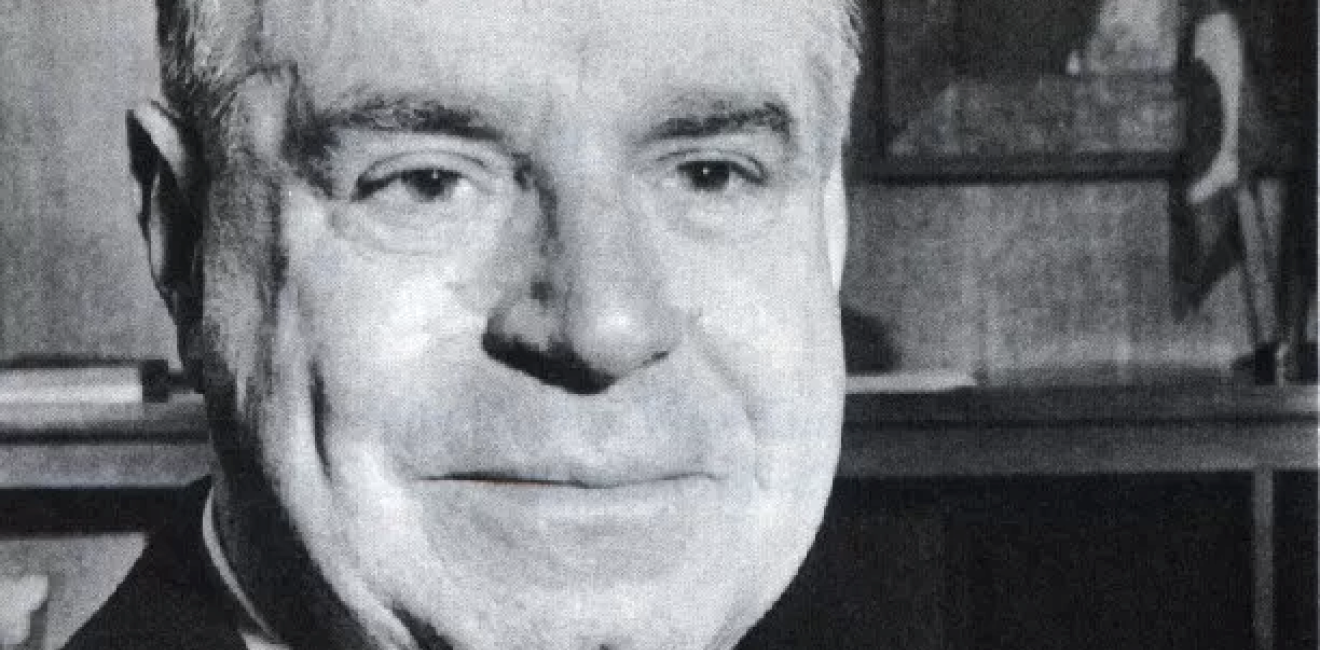
A blog of the History and Public Policy Program
After languishing for many years, has the Brazilian Navy's nuclear program finally turned a corner?
Since the 1950s, the Brazilian government has sought to master nuclear technology to improve national development. Initially, Brazil pursued cooperation with the United States. But decades of effort through the 1960s and 1970s never produced results—Washington refused to provide fuel for Brazil’s first nuclear power plant (purchased from the US company Westinghouse), the United States opposed the 1975 Brazilian-West German nuclear agreement, and the 1968 Treaty on the Non-Proliferation of Nuclear Weapons (NPT) codified the dichotomy of the nuclear-haves and the nuclear-have-nots.
These experiences reinforced Brasília’s view that the international system had become a condominium of superpowers that promoted their national interests in order to maintain the status quo by restricting the access of developing states to the most advanced technology.[i]
Brazil’s response was to double-down on its investment in nuclear technology, including the design of a nuclear-powered submarine. After having fully mastered the nuclear fuel cycle, Brazil is constructing a pilot unit for the production of uranium hexafluoride and a land-based prototype project laboratory, expected to conclude in 2021, to design, build, operate, and maintain the PWR-type reactor able to power a submarine.
The Brazilian Navy’s Nuclear Powered Submarine Program can be divided into three phases. The first, the golden phase, began with resources from the navy and later received strong financial support from the National Security Council between 1980 and 1989, allowing it to progress quickly. In 1982, the program built its first gas centrifuge capable of enriching uranium, and in 1988, it inaugurated its first cascade of centrifuges.
This golden phase was followed by a 20 year period of extreme difficulties—the vegetative phase—during which the National Security Council was dissolved and the program moved under the purview of the Secretariat for Strategic Affairs, an agency created in 1990 and directly subordinate to the President.
In 1999, when the Secretariat was dissolved, the program was merged into the Nuclear Scientific-Technical Program of the Ministry of Science and Technology. These changes, along with Brazil’s political and economic difficulties and the government’s lack of political will to continue the program, vastly reduced the program’s financial resources. Thus, the navy began to bear an increasing percentage of the program’s budget, to the detriment of other naval programs and activities.
This situation reached its worst point in 2003–2007, when the program became truly vegetative. During this period, the Brazilian navy provided the minimum amount of funding needed to ensure the program’s survival, in the hope that someday the government would prioritize it again.
The third phase of the program, the institutionalization phase, began in 2007 when, after a visit to the program, President Luiz Inácio Lula da Silva decided to commit the funds needed to complete the uranium-enrichment project allowing the production of fuel on an industrial scale, currently in progress, and to accelerate the development of the nuclear-powered submarine.
Besides the financial support for the submarine project, the Brazilian government institutionalized the program in the Brazilian National Defense Strategy. This was an important step toward transforming a naval program into a state strategic program to Brazil’s defense and development. The injection of federal funds allowed other stages of the program to advance as well, including the construction of a land-based prototype project laboratory, to design, build, operate, and maintain the PWR-type reactor able to power a submarine as well as other peaceful applications.
The navy’s nuclear program has contributed to Brazil’s development through a variety of new technologies, materials, and services. After languishing for years the program now appears to have found the required conditions necessary for its eventual success. Nevertheless, there is still a long way to go before a Brazilian nuclear-powered submarine can send the message “underway on nuclear power.”
[i] Brazil. Ministry of External Relations, A Palavra do Brasil nas Nações Unidas 1946-1995 [The Word of Brazil at the United Nations 1946–1995], (Brasília:Fundação Alexandre Gusmão, 1985), pp.215–259.
Authors

History and Public Policy Program
A leader in making key foreign policy records accessible and fostering informed scholarship, analysis, and discussion on international affairs, past and present. Read more


Nuclear Proliferation International History Project
The Nuclear Proliferation International History Project is a global network of individuals and institutions engaged in the study of international nuclear history through archival documents, oral history interviews, and other empirical sources. Read more


Cold War International History Project
The Cold War International History Project supports the full and prompt release of historical materials by governments on all sides of the Cold War. Read more

Explore More in Sources and Methods
Browse Sources and Methods
Energy and the Fall of Détente

Kissinger, Dobrynin, and the End of the Vietnam War

